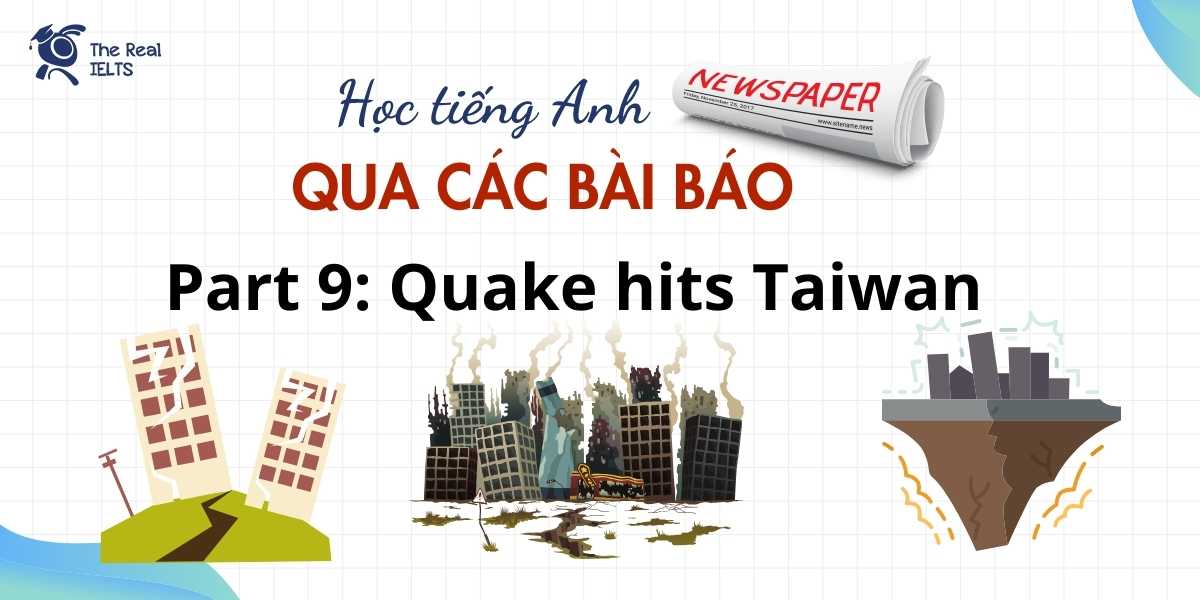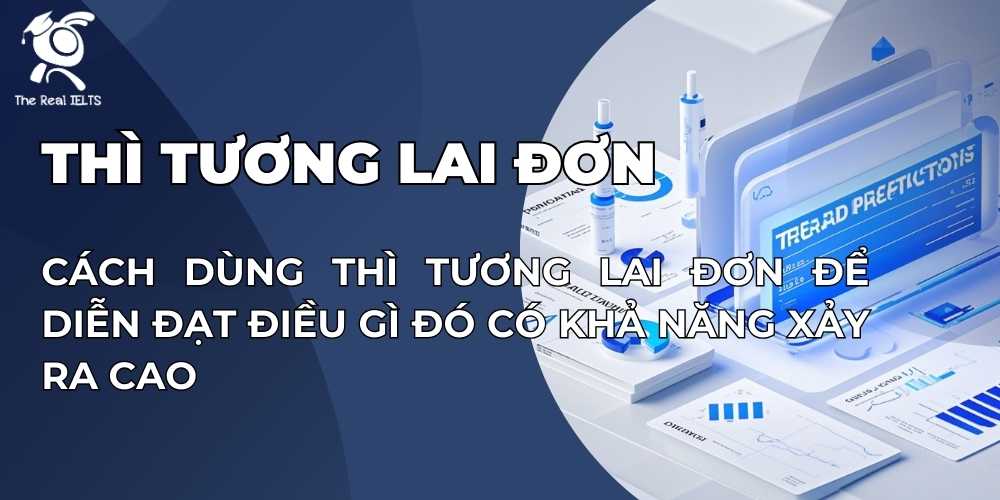Đề thi IELTS Reading có tiêu đề “The Cultural Significance of Traditional Festivals”
Nhớ đọc thêm các bài luyện thi IELTS nhé.
IELTS Reading: “The Cultural Significance of Traditional Festivals”
Traditional festivals hold immense cultural significance, serving as vital expressions of a community’s identity, values, and history. These festivals, which often have roots stretching back hundreds or even thousands of years, are more than mere celebrations; they are rich tapestries woven with the threads of tradition, belief, and social cohesion. This cultural significance manifests in various ways, from the preservation of ancient customs and languages to the reinforcement of social bonds and the transmission of moral values across generations.
One of the primary ways traditional festivals maintain cultural significance is through the preservation of customs and rituals that might otherwise fade into obscurity. These festivals act as living museums, where the practices of the past are brought vividly to life. For example, during the Lunar New Year in many East Asian cultures, rituals such as the giving of red envelopes, the lighting of fireworks, and the preparation of specific foods are not merely done for entertainment; they are steeped in meaning.
These customs are tied to beliefs about fortune, the warding off of evil spirits, and the honoring of ancestors. Through such practices, festivals serve as a means of keeping cultural heritage alive, allowing each new generation to experience and understand the traditions that have shaped their community’s identity.
Moreover, traditional festivals play a crucial role in reinforcing social bonds within a community. In many cases, these festivals are communal events that bring people together, fostering a sense of unity and shared identity. This is particularly evident in harvest festivals, which are common across many cultures. For example, in the Indian festival of Pongal, communities come together to celebrate the harvest, express gratitude to the earth, and share in the abundance of food.
This communal aspect of festivals helps to strengthen social ties, as individuals work together in preparation for the event, participate in collective rituals, and share in the festivities. Through these shared experiences, festivals reinforce the sense of belonging and solidarity among community members, which is vital for the social cohesion of any society.
Traditional festivals also serve as vehicles for the transmission of moral values and societal norms. Many of these festivals are rooted in religious or spiritual beliefs that convey important lessons about life, morality, and the human condition. For example, the Jewish festival of Passover is not only a commemoration of the Israelites’ liberation from slavery in Egypt but also a time for reflection on the values of freedom, justice, and the importance of faith.
Similarly, during the Christian festival of Easter, the themes of resurrection and renewal are central, reminding the faithful of the possibilities of redemption and the triumph of good over evil. By engaging with these narratives and participating in the associated rituals, individuals are reminded of the ethical frameworks that guide their behavior and are encouraged to live according to the values that their culture upholds.
Furthermore, traditional festivals often play a significant role in the cultural education of younger generations. In many communities, festivals are the primary means through which children and young people learn about their cultural heritage. Through participation in these events, they gain a deep understanding of their community’s history, beliefs, and values.
For instance, in Japan, the Gion Matsuri festival in Kyoto, which dates back to the 9th century, involves the active participation of children in various roles, from carrying portable shrines to performing traditional dances. Through these activities, children not only learn about the historical significance of the festival but also about the skills, etiquette, and communal spirit that are essential to its continuation. In this way, festivals ensure the continuity of cultural knowledge, passing it from one generation to the next in a vibrant and engaging manner.
In addition to their role in preserving and transmitting culture within a community, traditional festivals also act as cultural ambassadors, showcasing a community’s heritage to the wider world. In an increasingly globalized society, where cultural homogenization is a growing concern, these festivals provide a platform for the celebration and promotion of cultural diversity.
Events such as the Rio Carnival in Brazil or the Diwali festival in India have become global phenomena, attracting visitors from all over the world and offering them a glimpse into the rich cultural tapestry of these nations. Through these festivals, communities have the opportunity to share their traditions with a global audience, fostering intercultural understanding and appreciation. This not only enhances the cultural pride of the community but also contributes to the broader project of cultural preservation in the face of globalization.
Finally, traditional festivals serve as important markers of time and change within a culture. They often coincide with significant seasonal events, such as the changing of seasons, the phases of the moon, or agricultural cycles. These temporal markers not only align the community with the natural world but also provide a rhythm to the cultural life of the society.
For example, the Chinese Mid-Autumn Festival, which celebrates the harvest and the full moon, is a time for families to reunite, reflect on the past year, and make wishes for the future. Such festivals serve as a reminder of the cyclical nature of time and the continuity of life, linking the present with both the past and the future in a meaningful way.
In conclusion, the cultural significance of traditional festivals is multifaceted and profound. These events are not merely occasions for celebration; they are essential to the preservation of cultural heritage, the reinforcement of social bonds, the transmission of values, and the education of future generations. As such, traditional festivals play a vital role in maintaining the cultural vibrancy and continuity of communities around the world. In an era where cultural identities are increasingly under threat from globalization and modernization, the preservation and celebration of traditional festivals are more important than ever, serving as a bulwark against cultural erosion and a testament to the enduring power of human tradition.
Đề bài thi IELTS Reading
Multiple Choice (Câu hỏi trắc nghiệm):
- What is one primary way traditional festivals maintain cultural significance?
- A. By providing entertainment
- B. By preserving customs and rituals
- C. By increasing tourism
- D. By promoting modern values
- Which festival is mentioned as an example of preserving ancient customs?
- A. Rio Carnival
- B. Pongal
- C. Gion Matsuri
- D. Lunar New Year
- What role do traditional festivals play in social cohesion?
- A. They create competition among communities
- B. They reinforce social bonds
- C. They isolate individuals
- D. They promote individualism
- In which way do traditional festivals act as cultural ambassadors?
- A. By celebrating modern achievements
- B. By showcasing global culture
- C. By promoting cultural diversity globally
- D. By reducing cultural identity
- How do traditional festivals help in the education of younger generations?
- A. Through formal schooling
- B. Through active participation in cultural activities
- C. Through online learning platforms
- D. By ignoring historical significance
- Which festival is cited as an example of transmitting moral values?
- A. Easter
- B. Rio Carnival
- C. Diwali
- D. Pongal
- What do traditional festivals often coincide with?
- A. National holidays
- B. Significant seasonal events
- C. Political events
- D. Religious conflicts
- Which of the following is a central theme of the Christian festival of Easter?
- A. Forgiveness
- B. Resurrection and renewal
- C. Joy and abundance
- D. Prosperity
- What concern does globalization raise according to the text?
- A. Increased economic growth
- B. Cultural homogenization
- C. Improved communication
- D. Decline in tourism
- How do traditional festivals provide a rhythm to cultural life?
- A. By aligning with the natural world
- B. By introducing new technology
- C. By promoting individual activities
- D. By focusing on economic growth
True/False/Not Given (Đúng/Sai/Không Được Đề Cập):
- Traditional festivals are described as “living museums” in the text.
- The Rio Carnival is primarily a religious festival.
- According to the text, traditional festivals often involve the preparation of special foods.
- The text states that modern technology has no impact on traditional festivals.
- The author suggests that children do not participate in traditional festivals.
- The Mid-Autumn Festival is mentioned as a time for family reunions and reflection.
- The text claims that festivals are the only way to transmit moral values.
- Globalization is said to have positive effects on traditional festivals.
- Traditional festivals are becoming more popular due to their role in promoting cultural diversity.
- The text suggests that without traditional festivals, cultural identities would be at risk of fading.
Yes/No/Not Given (Có/Không/Không Được Đề Cập):
- The author believes that traditional festivals should be modernized to stay relevant.
- The text supports the idea that traditional festivals foster a sense of global unity.
- The author argues that traditional festivals are more important than national holidays.
- The text implies that traditional festivals can sometimes divide communities.
- The author expresses concern about the commercial exploitation of traditional festivals.
- The text suggests that traditional festivals are important for economic reasons.
- The author believes that every culture should celebrate traditional festivals in the same way.
- The text indicates that traditional festivals should be protected from the influence of globalization.
Matching Information (Nối thông tin):
- Match the following festivals with their associated themes:
- A. Lunar New Year
- B. Pongal
- C. Passover
- D. Easter
i. Harvest and gratitude
ii. Freedom and justice
iii. Resurrection and renewal
iv. Fortune and warding off evil
Matching Headings (Nối tiêu đề với đoạn văn):
- Match the following headings with the correct paragraphs:
- A. “Preservation of Ancient Customs”
- B. “Transmission of Moral Values”
- C. “Cultural Education of Younger Generations”
- D. “Role of Festivals in Social Cohesion”
Matching Features (Nối đặc điểm):
- Match the following features with their correct descriptions:
- A. Globalization
- B. Cultural Ambassadors
- C. Social Bonds
- D. Moral Lessons
i. Festivals that showcase heritage to the wider world
ii. Concern about cultural homogenization
iii. Reinforced through communal participation
iv. Transmitted through religious festivals
Matching Sentence Endings (Nối phần kết câu):
- Complete the sentences by matching them with the correct endings:
- A. Traditional festivals help preserve cultural identity by…
- B. Social bonds are strengthened during festivals because…
- C. Festivals act as cultural ambassadors by…
- D. Younger generations learn about their culture through…
i. …showcasing traditions to a global audience.
ii. …bringing communities together for shared activities.
iii. …passing down rituals and customs.
iv. …providing a platform for diverse cultural expressions.
Sentence Completion (Hoàn thành câu):
- Traditional festivals are described as __________ that keep ancient customs alive.
- The Pongal festival in India is associated with the celebration of __________.
- Through active participation in festivals, children gain a deep understanding of their __________.
- The Rio Carnival serves as a __________ of Brazil’s cultural heritage.
- The Mid-Autumn Festival in China is linked to the __________ and the harvest.
- The threat of __________ is mentioned as a concern related to globalization.
Short Answer Questions (Câu hỏi trả lời ngắn):
- What is one example of a traditional festival that has become a global phenomenon?
- According to the text, why are traditional festivals more important than ever in today’s world?
Đáp án bài thi IELTS Reading
Multiple Choice (Câu hỏi trắc nghiệm):
- B. By preserving customs and rituals
- C. Gion Matsuri
- B. They reinforce social bonds
- C. By promoting cultural diversity globally
- B. Through active participation in cultural activities
- C. Diwali
- B. Significant seasonal events
- B. Resurrection and renewal
- B. Cultural homogenization
- A. By aligning with the natural world
True/False/Not Given (Đúng/Sai/Không Được Đề Cập):
- True
- False
- True
- Not Given
- False
- True
- False
- False
- Not Given
- True
Yes/No/Not Given (Có/Không/Không Được Đề Cập):
- No
- No
- Not Given
- Not Given
- Yes
- Yes
- No
- Yes
Matching Information (Nối thông tin):
- Match the following festivals with their associated themes:
- A. Lunar New Year -> iv. Fortune and warding off evil
- B. Pongal -> i. Harvest and gratitude
- C. Passover -> ii. Freedom and justice
- D. Easter -> iii. Resurrection and renewal
Matching Headings (Nối tiêu đề với đoạn văn):
- Match the following headings with the correct paragraphs:
- A. “Preservation of Ancient Customs” -> Paragraph 2
- B. “Transmission of Moral Values” -> Paragraph 4
- C. “Cultural Education of Younger Generations” -> Paragraph 3
- D. “Role of Festivals in Social Cohesion” -> Paragraph 5
Matching Features (Nối đặc điểm):
- Match the following features with their correct descriptions:
- A. Globalization -> ii. Concern about cultural homogenization
- B. Cultural Ambassadors -> i. Festivals that showcase heritage to the wider world
- C. Social Bonds -> iii. Reinforced through communal participation
- D. Moral Lessons -> iv. Transmitted through religious festivals
Matching Sentence Endings (Nối phần kết câu):
- Complete the sentences by matching them with the correct endings:
- A. Traditional festivals help preserve cultural identity by… -> iii. …passing down rituals and customs.
- B. Social bonds are strengthened during festivals because… -> ii. …bringing communities together for shared activities.
- C. Festivals act as cultural ambassadors by… -> i. …showcasing traditions to a global audience.
- D. Younger generations learn about their culture through… -> iv. …providing a platform for diverse cultural expressions.
Sentence Completion (Hoàn thành câu):
- Traditional festivals are described as “living museums” that keep ancient customs alive.
- The Pongal festival in India is associated with the celebration of harvest.
- Through active participation in festivals, children gain a deep understanding of their cultural heritage.
- The Rio Carnival serves as a showcase of Brazil’s cultural heritage.
- The Mid-Autumn Festival in China is linked to the moon and the harvest.
- The threat of cultural homogenization is mentioned as a concern related to globalization.
Short Answer Questions (Câu hỏi trả lời ngắn):
- The Rio Carnival is one example of a traditional festival that has become a global phenomenon.
- According to the text, traditional festivals are more important than ever in today’s world because they preserve cultural identity and provide a sense of continuity in a rapidly changing world.
Luyện tập bài khác ở bài viết:”100 bài luyện IELTS Reading 2024 – 2025“















